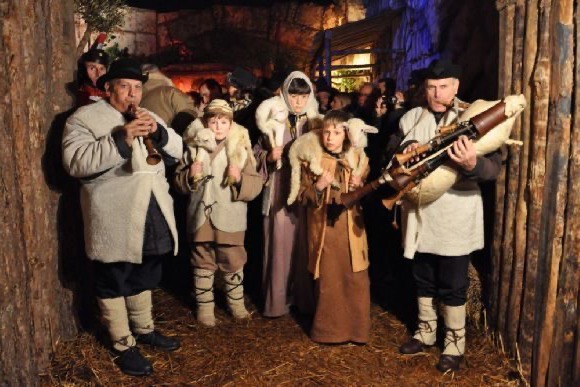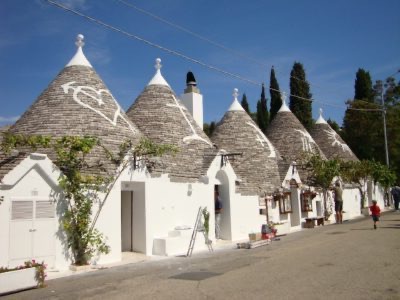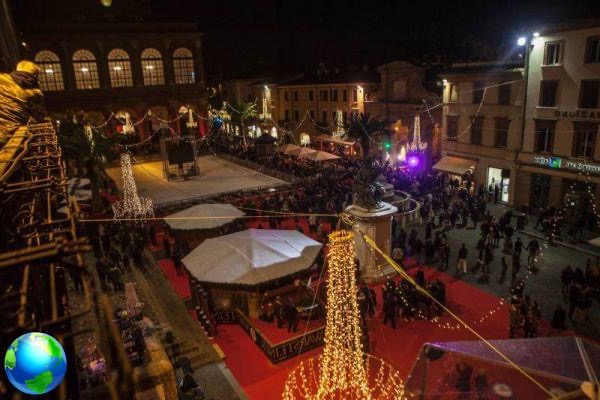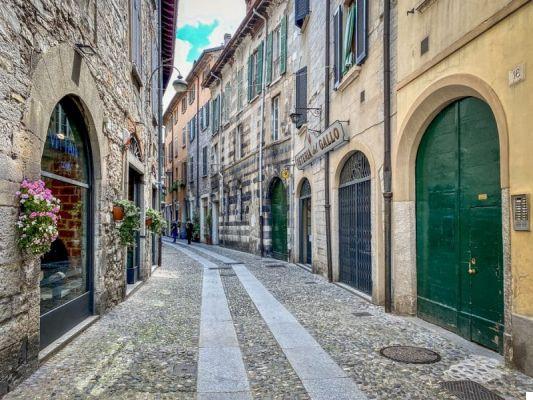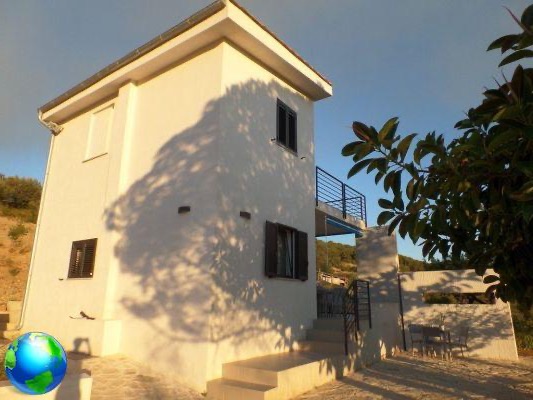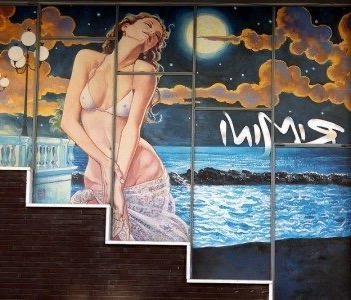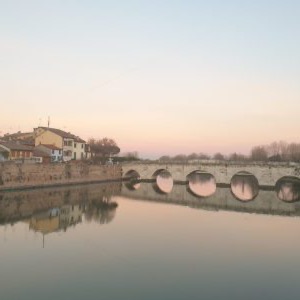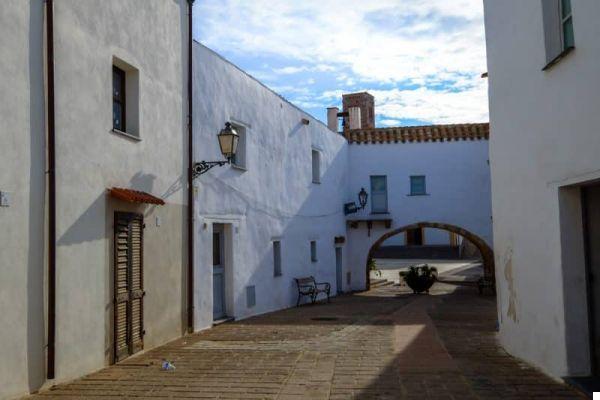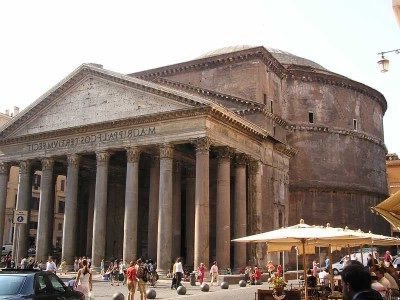
Il Pantheon, the "temple of all gods", is one of the greatest examples of Roman architecture and engineering: Marcus Vipsanio Agrippa, son-in-law of Augustus, built it in 27 BC and Hadrian rebuilt it a century later. Completed by Antoninus Pius with the end of the Empire it fell into abandonment until Phoca, emperor of Byzantium, ceded it in 608 to Boniface IV who dedicated it to the Madonna and all the martyrs, transformed it in 609 into Christian church with the name of Sancta Maria ad Martyres, the first case of a pagan temple transposed to Christian worship.
Il gilded bronze which covered the beams of the portico disappeared in 1625 when Urban VIII made 80 cannons destined for Sant'Angelo castel and the 4 twisted columns of the canopy of San Pietro. The walls of the rotunda, 6,2 meters thick, are in brick while the dome, 43,44 meters in diameter, slightly more than that of San Pietro, is in conglomerate. In the vault, decorated with five rows of coffers, the eye edged with bronze is the building's only source of natural light and the marble floor a geometric patterns it is largely original. In the Pantheon there are the tombs of Vittorio Emanuele II, watched over by a uniformed honor guard with the coat of arms of the Savoy, Umberto I and Margherita di Savoia as well as Raffaello.
The area surrounding the Pantheon is one of the most touristic and frequented by the historic center. According to a popular Roman tradition, the moat surrounding the Pantheon was not dug by human hand. It is said in fact that one day the devil awaited the pledge of the magician Bailardo for his services. Once the magician came out of the Pantheon he paid for the divolo with only four nuts and then took refuge in the church, so the devil angry for the outrage took refuge in the bowels of the earth creating the groove called the devil's moat.
Curiosity: the Pantheon can be inscribed in a perfect sphere, the height of the building is equal to the diameter and measures 43,44 meters. Over the centuries many stories and legends, astrological studies and curiosities have been born around the Pantheon building. For example, it was said in ancient times that rain was unable to enter the church due to the heat and smoke from the candles that were lit inside. In reality, a lot of water enters the Pantheon when it rains so much that they have been done well 22 holes in the floor that allow the water to filter. A nice curiosity can be seen in summer solstice when at noon a ray of sunlight enters and hits the entrance door to the building.







